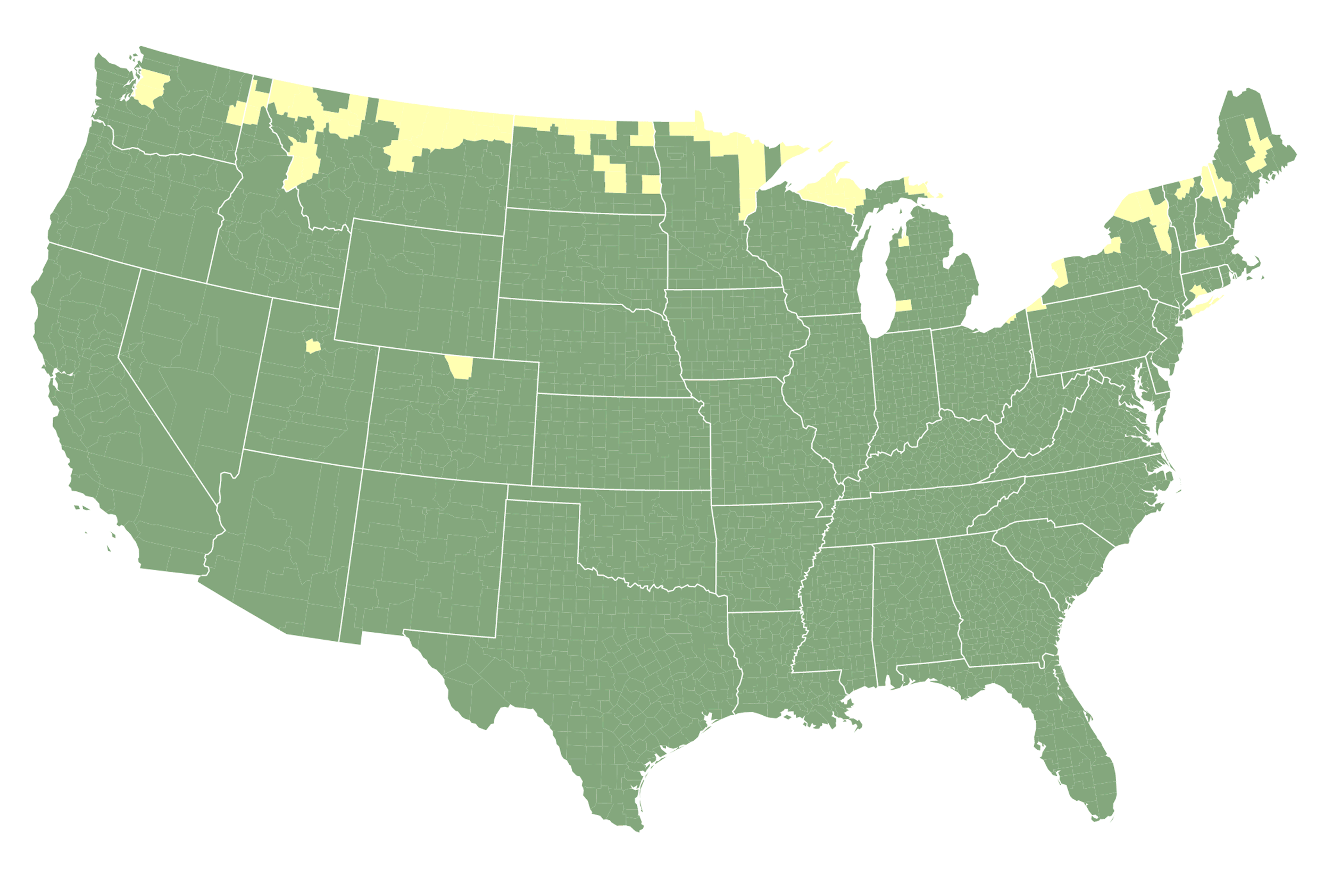This Interactive Map Will Help You Plan the Ultimate Leaf-Peeping Trip
Find the best times to admire fall colors across the country

Saying farewell to the long, warm days of summer can be bittersweet, but the sheer majesty of the changing fall foliage makes the transition a little bit easier. As autumn’s cooler temperatures and shorter days set the trees ablaze with color, now is an ideal time to plan a leaf-peeping road trip, hike, train ride or other excursion to take in the views.
But since the conditions change from year to year, knowing exactly when to head out to see peak color can be tricky. Fortunately, the tourism site for the Smoky Mountain region put together an interactive fall foliage map that plots the changing leaves across the United States from September to November.
The team created the first iteration of the map back in 2013 when they began getting questions from travelers about the best time to visit the Smoky Mountain region for optimal fall color. They developed an algorithm that takes into account historical temperature and precipitation data, forecasted temperatures, user-generated reports and past years’ leaf trends.
/https://tf-cmsv2-smithsonianmag-media.s3.amazonaws.com/filer_public/dc/b6/dcb6f7f4-075c-4bc4-b7e1-45de9dcb1399/fall-1010386_1920.jpg)
The result is a sophisticated (but not totally foolproof, as the tool’s creators note) county-by-county prediction of when the leaves will go through various stages of the color-changing process.
“What started as a fun side-project quickly became the most respected nationwide fall leaf map and one of the best fall resources in the country,” says David Angotti, the map’s creator, to Travel + Leisure’s Stacey Leasca. “Now, tens of millions of people use our map each year to plan vacations, weddings and photography trips.”
In Colorado, which draws travelers every autumn for its dazzling displays of buttery-yellow aspens, the leaves will reach peak foliage in the Rockies toward the end of September and the beginning of October, according to the map. Weather forecasters are calling for warm temperatures and below-average rainfall, which is good news for leaf-peepers planning a trip to the Centennial State.
/https://tf-cmsv2-smithsonianmag-media.s3.amazonaws.com/filer_public/15/9e/159ef3ad-bfab-4f76-ae31-3321103e8d7f/img_5727.jpg)
“The forecast is favorable for aspens and fall color in general,” state forester Dan West tells the Denver Post’s John Meyer. “That’s almost the ideal condition. We want cool nights, not cold, and we want really warm sunny days.”
In some parts of the East Coast, where broad-leaf trees like oaks and maples are more common, the outlook is a little less rosy because of this summer’s intense heat and drought conditions. The hot, dry weather is stressing the region’s trees, which may result in duller colors or even early browning and dropping, reports NJ.com’s Len Melisurgo. In the upper Midwest, meanwhile, the fall colors should be “bright and on time,” says Jim Salge, a foliage reporter for Yankee magazine and former meteorologist, to Forbes’ Suzanne Rowan Kelleher.
But aesthetics aside, what’s going on below the surface to produce such a colorful spectacle? As they prepare for winter’s harsh weather each fall, various species of deciduous trees lose their leaves and go dormant. But before they drop to the ground, the leaves must go through a self-preserving physiological process that has the added benefit of creating a kaleidoscopic feast for our senses.
During the warmer months, chlorophyll—a pigment that’s critical for photosynthesis—fills the cells of trees’ leaves, which makes them appear green. But fall’s cooler temperatures and reduced sunlight hours let the plant know it’s time to get ready for winter, a process that helps them stave off injuries and conserve their injury during the colder months.
The chlorophyll begins to degrade and other pigments begin to emerge. Carotenoids—pigments that were already present in the leaves but obscured by the chlorophyll—produce yellows, oranges and reds, while anthocyanins—which result from sugar getting trapped in the leaves—contribute red, blue and purple hues. Some trees have both types of pigments, which means their leaves cycle through several different colors before dropping.
Weather and climate play big roles in this color-changing timeline. And as human-caused climate change continues to make the planet hotter and dryer, one unexpected consequence may be an accelerated fall foliage pace. And as the Washington Post’s Natalie B. Compton reports, hot temperatures and drought may cause the leaves to change colors and the trees to drop their leaves earlier in the season./https://tf-cmsv2-smithsonianmag-media.s3.amazonaws.com/accounts/headshot/SarahKuta.png)
/https://tf-cmsv2-smithsonianmag-media.s3.amazonaws.com/accounts/headshot/SarahKuta.png)